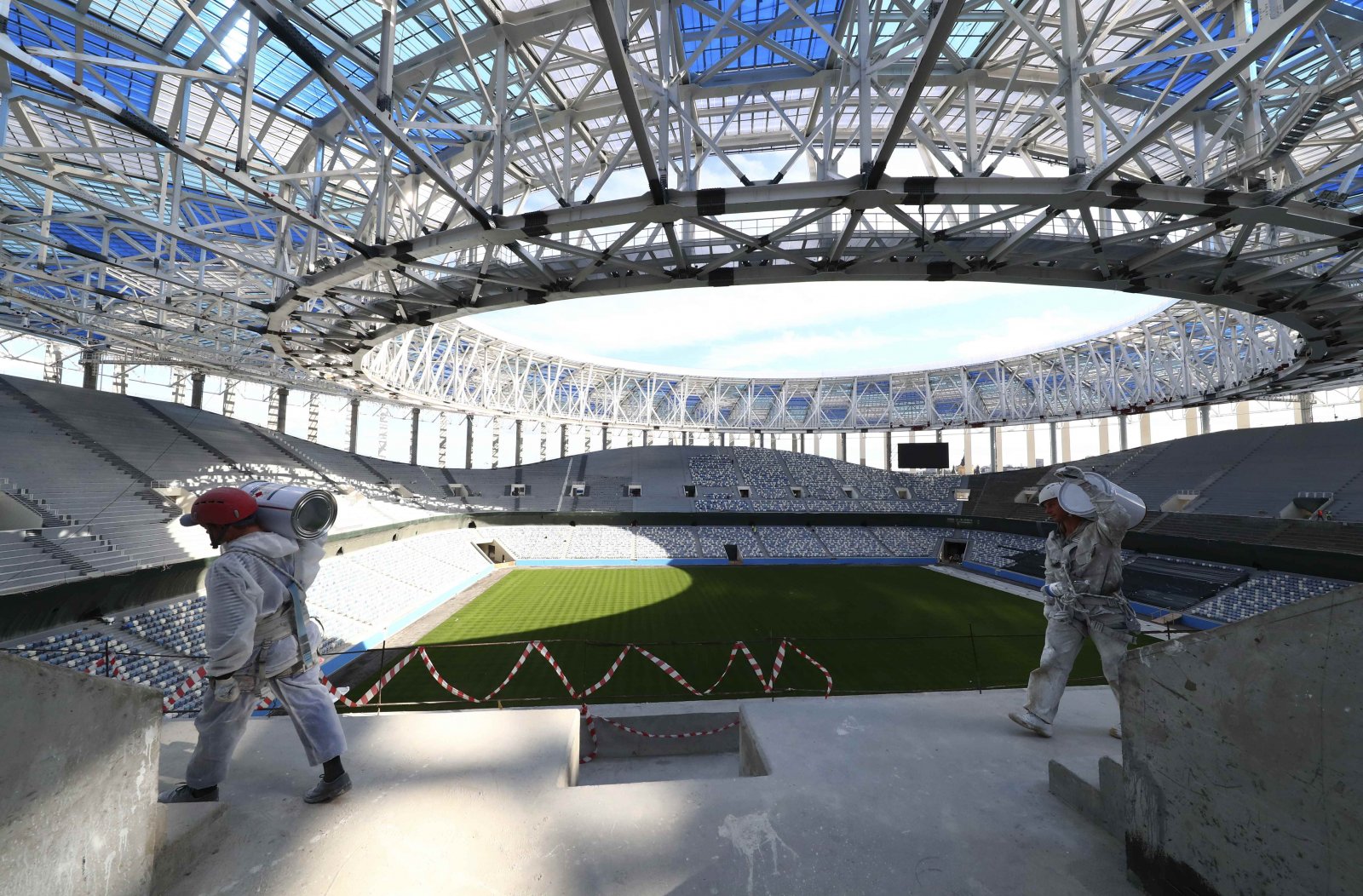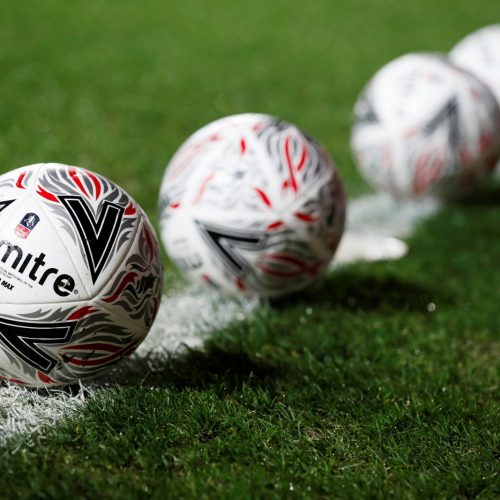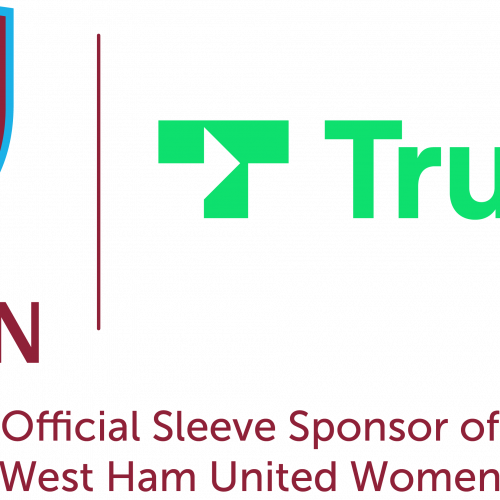The Social World Cup: From Russia with love (so hit like and subscribe)
This is a guest article by Matt Donegan, the CEO of Social Circle.
You have to admit, the prospect of Russia hosting the World Cup has an air of unpredictability about it. Political shenanigans notwithstanding, all eyes will be on this event and we should expect the unexpected.
What is certain is that football excites passion, and now the whole sporting experience, from the lead up, to the game itself, to the post-match analysis is widely shared and debated publicly online. Social media will be the prime channel for interaction this World Cup, teeming with analysis, reactions, team updates, live streams and news.
Twitter and Snapchat are especially lively during big sporting events. Fans are 67% more likely to use Twitter to enhance their viewing experience and Snapchat users that are searching for football related content over weekend matches are 18% more active in sending snaps than your average user. Throw in the Champions League final and that figure rockets to 48%.
This is why the role of sports influencers is set to be more important than ever in this year’s World Cup. Passionate about football, and increasingly given insider access, they are the ‘boots on the ground’ voices and specialists that sports fans will be going to for their minute-by-minute updates.
Brands’ marketing plans and strategies for the 2018 World Cup will be well underway already, but, given that this year’s competition is set to be the most mobile of all time, a well-honed social and influencer strategy is the key to success.
Mainstream media is so… mainstream
Where big sporting events were once consumed almost entirely on linear TV, they are now watched online. In the US sport is consumed on social, with both Facebook and Twitter making high profile plays for sports rights. Facebook struck its first live sports broadcasting partnership this year with Major League Baseball, and Twitter bought the NFL livestreaming rights in 2016. Over here, the proliferation of football content providers, like COPA90 – which has over 1.5m followers – Ball Street and even the podcast Football Ramble, shows how popular football-related streaming services are. This is because they provide insider content from sporting heroes together with opinions that aren’t necessarily mainstream, delivering diverse views for fans that are after more than just passively consuming the game on TV.
Democratisation of sport for smaller brands
All this additional access to the game is democratising sport – not just for fans looking for exclusive content – but for brands that don’t have the big bucks to blow on hero advertising around large events.
Big events like the World Cup or the NFL are no longer solely the domain of multi-million pound brand campaigns investing in ads or sponsorship of kits. Brands big and small can now also appeal to very specialist audiences with tailored messaging on social media – be that a targeted ad on Instagram or a sponsored video with a relevant influencer.
Not relying on slots open to the highest bidder, influencers are looking to partner with brands that add value to their personal channels and understand the content their own fans are after. Successful brands are going to find themselves being part of the experience, not just sponsoring it, so it’s critical to work with influencers to create content their audience loves and provide it in a way that feels more exclusive and personal to them.
Bear in mind that influencers tend to have highly tuned bullshit detectors, and the brand must be right; the message must resonate and whatever the brand wants to do must add value to the influencer brand as well as the sponsor.
Tease and trail
Brands looking to make the most of this year’s World Cup would do well to look at how the NFL is upping its game in the UK. American football doesn’t enjoy the same level of rabid devotion as football does in the UK. It is growing, however, and has been given a shot in the arm with a ‘mini-series’ taking part at two London stadiums in the autumn of every year.
The work to drum up excitement for the event begins long before that, however, starting with the US Super Bowl in February. Promoters capitalised on a British-born player, Jay Ajayi, who now tweets with his own Twitter emoji, the first NFL player to have one.
Without the benefit of shirt sponsors like they have in the US, NFL UK relies heavily on influencers such as Bateson87 and other sports stars to spread the word on their channels. Then it takes to Instagram with its own pictures and videos. Teasing fans with content way ahead of the event itself builds excitement and support, generating a much louder buzz come the Opening Ceremony.
The main event may be taking place on the big screen but at this year’s World Cup, all the action will be on the small screen. Taking part means big ambitions, but not necessarily big budgets. Now is the chance for brands, big and small, to get off the subs bench and turn the love of fans into some serious gains.
About author
You might also like
Leeds United become first football club to sell official jerseys on TikTok
Leeds United is the first football club in the world to partner with TikTok to sell official merchandise and replica jerseys. Coinciding with the release of the new rhapsody purple,
Lewes FC Appoints Sue Anstiss To Its Board Of Directors
The Lewes FC Board is delighted to announce that it has co-opted Sue Anstiss as a Lewes FC Director. Sue has been a driving force for equality in sport for
Trustly extends partnership to become West Ham United Women’s Sleeve Partner
West Ham United is pleased to announce that Trustly has enhanced its relationship with the Club by becoming the Women’s Sleeve Partner. Trustly, the leading global account-to-account payments platform, became









